Our vision is to simplify manufacturing complexities and shorten project cycles for our customers through our rich manufacturing and design experience. Our success is defined by our customers' success
Quick Links
Sinker EDM
Electrical discharge machining, EDM, is a manufacturing process where material is removed from a workpiece using a rapid sequence of electrical current discharges between electrodes submerged in a dielectric liquid. The process is used to manufacture parts that are impossible to machine. Since EDM does not use mechanical force to remove material, it is considered to be non-traditional.
EDM is an exceptionally precise process that is ideal for forming complex and intricate shapes and is capable of shaping hard metals such as titanium. The materials shaped using EDM must be electrically conductive for the process to be successful.
The workpiece electrode, anode, of an EDM machine is connected to the positive terminal of a DC power supply while the tool electrode, cathode, is connected to the negative terminal. The electrodes are submerged in the dielectric fluid and separated by the spark gap. Sparking generates extreme electrothermal heat in the spark gap zone, which melts and vaporizes parts of the workpiece surface, a process known as spark erosion.
Roughness Comparison Samples For EDM
| Ra(um) | 0.4 | 0.8 | 1.6 | 3.2 | 6.3 | 1.25 |
Wire EDM
These machines are also known as wire burning, spark EDM, and wire erosion. They use a thin heated wire as an electrode. Hard diamond is used as a guide to hold the wire steady.
The wire electrode is moved through the workpiece to craft a particular shape, but only the electrical discharges of the wire do touch the workpiece; the wire itself does not touch the workpiece. In this type of EDM, the wire is put in slow motion.
In wire EDM, the wire is always available to cut in a smooth, uninterrupted form because the wire constantly unspools from an automated feeder. Sometimes, a cut through the middle rather than along the outside is required by a shape. In such cases, wire EDM is coupled with hole-drilling EDM by machinists.
As the name of this technique indicates, hole-drilling EDM involves drilling a small hole through the center of the work material. The wire can then be threaded through the hole to keep shaping accurately. In cases like these, the electrodes’ shapes are tubes, and a dielectric fluid flows through the electrodes to the hole.
Roughness Comparison Samples for WEDM
| Ra(um) | 0.63 | 1.25 | 2.5 | 5.0 | 10 |
Materials
Metals
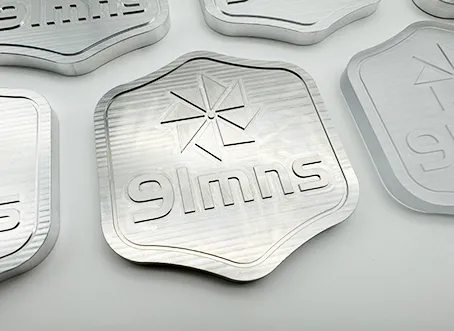
Stainless Steel
Types: 303, 304L, 316L, 410, 416, 440C, 17-4PH, Nitronic 60
Finishing Options: Black Oxide, Electropolishing, ENP, Media Blasting, Nickel Plating, Passivation, Powder Coating, Tumble Polishing, Zinc Plating
Colors: /
Properties: Stainless steel is renowned for its corrosion resistance, making it a prime choice for medical devices and food processing equipment.
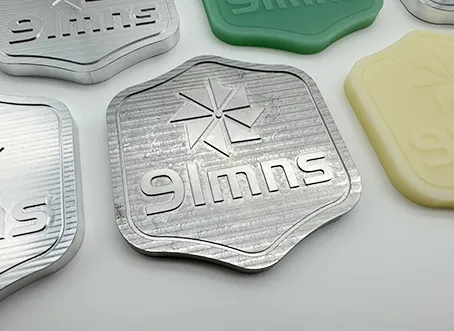
Steel
Types: 4140, 4130, A514, 4340, 1018, 1020,1045, 1215
Finishing Options: Black Oxide, Electropolishing, ENP, Media Blasting, Nickel Plating, Passivation, Powder Coating, Tumble Polishing, Zinc Plating
Colors: /
Properties: Steel is an alloy with high tensile strength and durability, commonly used in construction and automotive industries for its robustness.
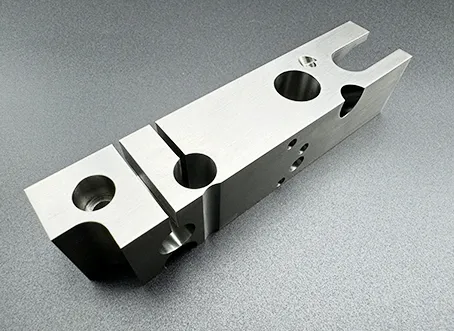
Titanium
Types: Titanium Alloy TA1
Titanium Alloy TA2
Titanium Alloy TC4/Ti-6Al 4V
Finishing Options: Media Blasting, Passivation, Powdercoating
Colors: /
Properties: Titanium boasts the highest strength-to-density ratio among metals, highly resistant to corrosion and fatigue, ideal for aerospace, medical, and marine applications.
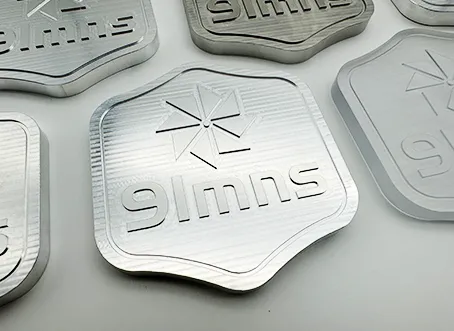
Aluminum
Types: 6061-T6, 7075-T6, 6061,7075,7050, 2024, 5052, 6063, MIC6
Finishing Options: Alodine, Anodizing Types II, III, III + PTFE, ENP, Media Blasting, Nickel Plating, Powder Coating, Tumble Polishing
Colors: /
Properties: Aluminum is lightweight yet strong, with excellent machinability and corrosion resistance. Ideal for aerospace and automotive parts.
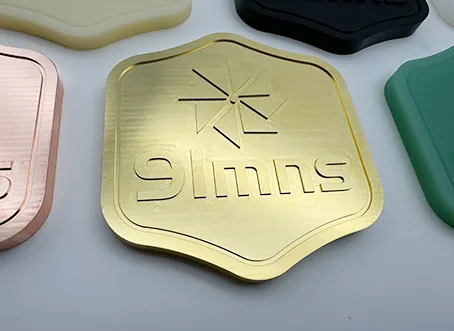
Brass
Types: 274, 280, 360 Brass
Finishing Options: Media Blasting
Colors: /
Properties: Brass is durable and has a low friction coefficient, which makes it suitable for fittings, tools, and musical instruments that require precision.
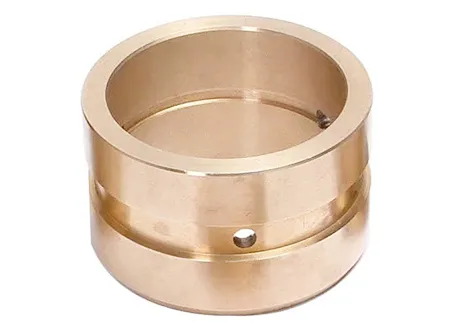
Bronze
Types: 932 Bearing Bronze
Finishing Options: Media Blasting, hand polishing
Colors: /
Properties: Bronze is highly resistant to corrosion and metal fatigue, favored for bearings, bushings, and marine hardware.
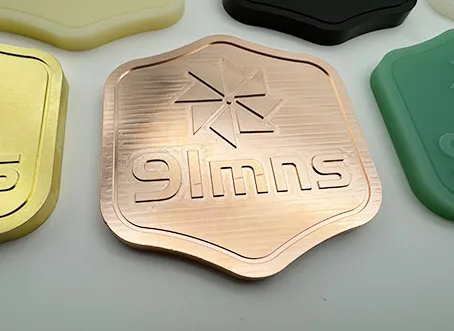
Copper
Types: Copper 101,110,103
Finishing Options: Media Blasting, hand polishing
Colors: /
Properties: Copper is known for its superior electrical conductivity and thermal properties, making it perfect for electrical components and heat exchangers.
EDM FAQs
Q What is EDM?
Electrical Discharge Machining (EDM) is a non-traditional machining method that removes material by generating electrical sparks between a workpiece and an electrode. In the EDM process, a gap filled with dielectric fluid exists between the electrode and the workpiece. Material is gradually eroded and removed by the sparks generated through the discharge, enabling precise machining.
Q How does EDM differ from conventional machining methods?
EDM differs from conventional machining methods such as milling or turning in the following ways:
Non-contact machining: EDM is a non-contact machining method that does not directly touch the workpiece, making it suitable for hard-to-machine materials with high hardness.
Complex shape capability: EDM can machine complex internal and external contours, including small holes, intricate components, and curved surfaces.
High precision machining: EDM achieves high precision machining and can meet the dimensional and surface quality requirements of precision parts.
Q Which materials are suitable for EDM?
EDM is suitable for various conductive materials, including metals and alloys such as steel, aluminum, copper, titanium, and nickel alloys. EDM is particularly well-suited for materials with high hardness, brittleness, and low thermal conductivity, as well as materials that are difficult to machine using conventional methods.
Q What are the main types of EDM?
The main types of EDM include Wire EDM (WEDM) and Sinker EDM (also known as Ram EDM or Die Sinking EDM).
Wire EDM: It uses a thin wire to cut the workpiece and remove material through electrical sparks. It is suitable for machining flat and axisymmetric components.
Sinker EDM: It involves immersing the workpiece and electrode in a dielectric fluid and removing material through electrical sparks. It is suitable for machining complex shapes and cavities.
Q What is the surface quality achieved by EDM?
The surface quality achieved by EDM depends on the machining parameters and material characteristics. Generally, EDM leaves small spark marks on the workpiece surface. Subsequent polishing and finishing processes can improve the surface quality. For specialized applications, advanced EDM techniques such as Micro EDM and Electrochemical Polishing can be employed to enhance the surface finish.

Let's get started!
Get a Quote




